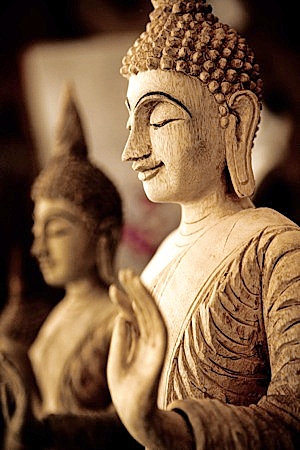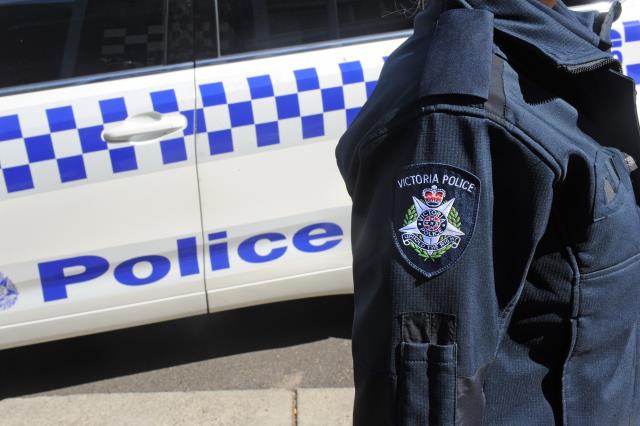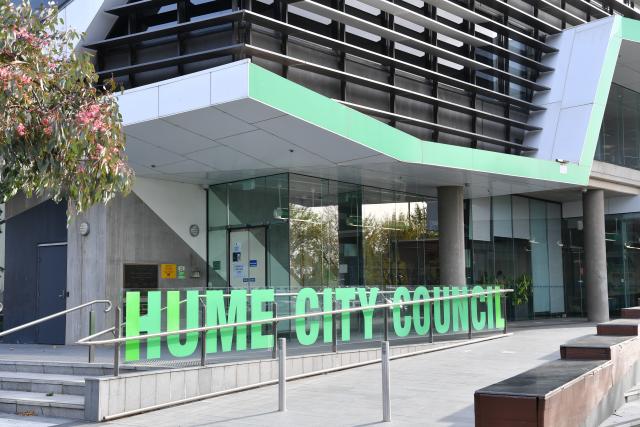While debate about religious education in Australian government schools continues to rage, its place in Catholic schools has never been called into question.
But with fewer nuns and brothers teaching in schools, and church affiliation on the decline, schools are finding it more and more difficult to sell the Catholic faith to their students.
Therefore, it might come as a surprise to some that the traditions of other faiths have been brought into the modern Catholic classroom.
Interfaith education has gained momentum in the past 20 years, according to Sister Megan Donohue, assistant principal of Our Lady of the Sacred Heart College in Bentleigh.
Where once the religious education curriculum was limited to texts and traditions from the Catholic faith, some classes are now used to open students’ eyes to those of other religions.
OLSH runs two religion units that specifically address the ideological framework of other faiths. The year 11 text and traditions unit introduces texts from the Buddhist, Islamic and Jewish faiths, and examines their attitudes towards broader issues in society.
At year 10, students hear from guest speakers who identify with different religions and are exposed to various places of worship as part of their unit, religion and society. Sister Donohue describes the decision to incorporate interfaith education at OLSH as “a non-negotiable”.
“It comes down to that fundamental principle of human dignity, and that every single person finds connection with God and the sacred through different pathways,” she says.
“The more you try to understand and put your feet in the shoes of another, the bigger your heart and the more able you are to respond to our world in a meaningful way.”
Graeme Pender, faith and mission co-ordinator at De La Salle College in Malvern, shares her sentiments. As a student at the school in the early 1970s, he recalls that study of global culture was limited to a unit on Chinese history and a couple of LOTE classes.
Today, in addition to a great deal more diversity within humanities subjects, the school has a compulsory subject at year 11 that incorporates the traditions of four faiths: Christianity, Islam, Judaism, and indigenous religions.
“We’re not living pre-World War II anymore, where you’ve got the Irish Catholics versus the Proddies,” he says.
“Australia is largely a secular society so first of all we’ve got the challenge of trying to sell the Catholic faith to the boys, but they also need to know what other people in our community believe in … it’s fostering understanding and acceptance.”
Sister Donohue attributes the introduction of interfaith education to several factors – globalisation and directives from Pope John
Paul II among them – but says that for the dialogue to truly have an impact, it can’t just be confined to RE classes.
The school has made a concerted effort to introduce an interfaith approach in almost every subject area, from English to art.
“Even in our sports classes that address alcohol awareness, our teacher will talk about places like Pakistan and the religious reasons for lower rates of alcoholism,” she says.
“It doesn’t have to be limited to one or two classes … as a Catholic school, we have a responsibility to be in dialogue with all our brothers and sisters from all traditions.”







